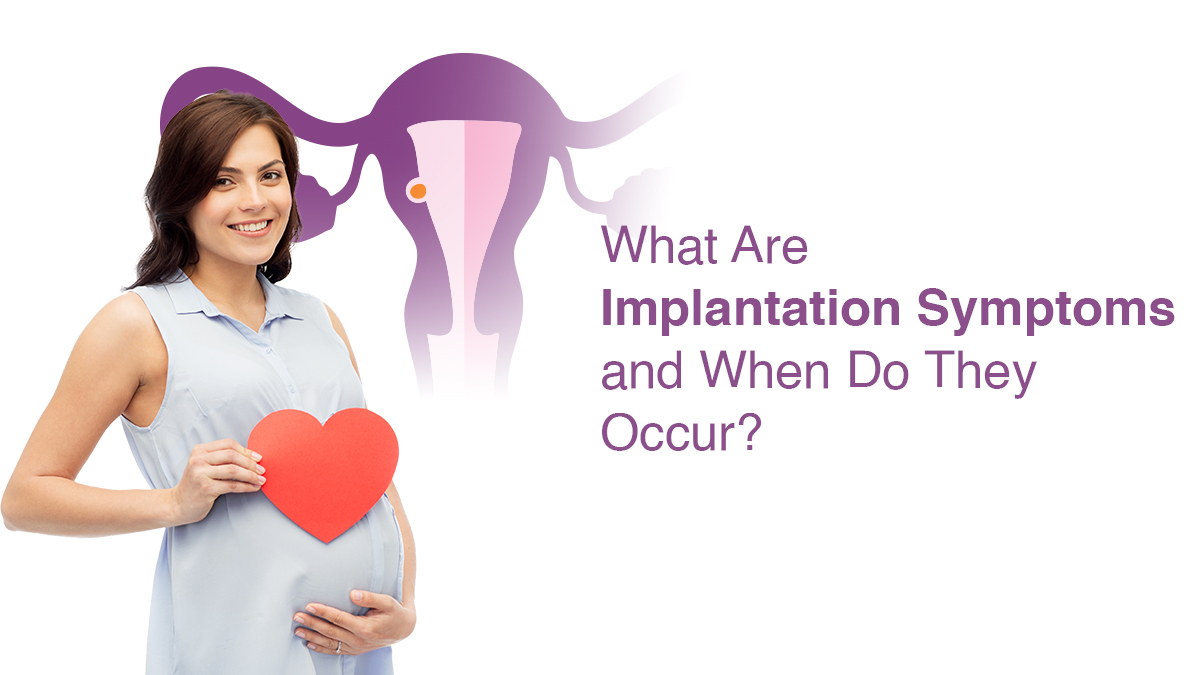
Signs Of Successful Embryo Plantation: What to Look for Beyond Bleeding

The journey toward parenthood can often be challenging, particularly for couples who are plagued with infertility issues. Thanks to advancements in medical science, assisted reproductive technology (ART) has opened new possibilities for families around the globe. One of them is in-vitro fertilisation (IVF). It is a procedure that has become a bedrock for those undergoing fertility challenges, providing a controlled setting where eggs and sperm can unite outside the body, thereby allowing the embryos to be nurtured to their optimal stage of development. A significant milestone of this process is the embryo, which signifies the final step in IVF. This vital moment reflects the culmination of weeks or months of preparation.
What is Embryo Implantation?
In IVF, the fertilisation happens in a lab. The retrieved egg and the sperm sample are united in a culture dish, usually aided by techniques such as ICSI. Once a healthy embryo develops, it is then shifted into the uterus in a process, referred to as the embryo transfer. After this step, if the embryo successfully fixes itself to the uterine lining, the pregnancy starts, probably followed by initial symptoms of implantation.
Related Read: The Embryo Transfer Stage of the In Vitro Fertilization (IVF) Process
Common Signs of Successful Embryo Implantation
When undergoing IVF, you need to develop a lot of patience, as it takes about two weeks for the first pregnancy symptoms to develop. How are implantation bleeding and pregnancy related? Light bleeding or spotting is often viewed as the first indication of pregnancy, often called ‘implantation bleeding’. This commonly happens approximately 6-12 days after fertilisation as the embryo attaches to the uterine lining. It is generally lighter and shorter when compared to a regular period. But it is not the only indication of pregnancy. If implantation bleeding signs have not been noticed, it does not necessarily signify that implantation has failed. A successful embryo implantation process has occurred without any visible bleeding.
Let’s look at some of the other signs of successful implantation without bleeding:
Mild Cramping
Implantation cramping is an initial sign of pregnancy. This is one of the early signs of successful implantation. Light, brief cramps can often occur as the embryo attaches to the uterine lining.
Changes in Cervical Mucus
A visible enlargement in the thick, creamy cervical mucus after implantation can be viewed as an early pregnancy sign. Hormonal changes escalate the cervical mucus production, often making it more sticky or creamy in texture as opposed to the standard post-ovulation discharge.
Increased Basal Body Temperature (BBT)
If you’re keeping track of BBT, a consistent increase beyond the common two-week luteal phase can point towards successful implantation. This temperature rise happens thanks to increased progesterone levels, which can assist in maintaining the initial stages of pregnancy.
Breast Changes
Early hormonal changes can make your breasts feel fuller, tender and more sensitive. A few may also observe a darkening of the areolas around the nipples, which are common signs in pregnancy as the body starts gearing up for breastfeeding.
Fatigue or Tiredness
The hormone progesterone increases considerably post implantation, adding to a feeling or low energy or tiredness. Moreover, fatigue can be experienced even during the first week after implantation, as the body starts directing energy to back the growing embryo.
Less Common but Possible Signs
Let’s look at some of the lesser-known symptoms of successful implantation:
Hormonal fluctuations, particularly a rise in progesterone, can result in mood swings, irritability or heightened emotions. Several go through unpredictable shifts in mood as the body adjusts to new hormone levels supporting early pregnancy.
Nausea or Light-headedness
Mild nausea or dizziness can happen shortly after implantation. The symptoms are due to hormonal changes and increased blood flow, which may result in a drop in blood pressure, making some feel giddy or uneasy.
Frequent Urination
The body starts to generate more blood to back a developing pregnancy, thereby increasing the quantity of fluid processed by the kidneys. This usually results in more frequent urination, which can be observable as an early sign soon after implantation.
Know More: Common Symptoms After Embryo Transfer: What’s Normal?
When to Take a Pregnancy Test
It’s not easy to determine if an individual has successfully conceived simply because they experienced any early implantation symptoms. Therefore, it is suggested you take a home pregnancy test or visit a doctor for a check-up if they miss their menstruation or in case of early signs of pregnancy such as morning sickness, nausea, tiredness and so forth. If the implantation is not successful, then the woman will get her period. The level of pregnancy hormone hCG in the body increases twofold every 24 hours. This occurs for the first 8 weeks after implantation. It reaches its peak in the 10th week. This can deliver a positive result on the test.
Conclusion
If you want to know more about signs of successful implantation without bleeding, be sure to meet the experienced fertility specialists at Oasis Fertility, who can have an in-depth discussion with you about the entire procedure of IVF. Book a free consultation with an Oasis Fertility Clinic near you promptly. You can also discuss your concerns on the live chat or call 1800-3001-1000 to receive immediate guidance.


fill up the form to get a
Free Consultation
Avail 0% interest on EMI
All Procedures | No Upper Limit
Frequently Asked Questions
Can implantation be successful without bleeding?
What does successful implantation bleeding look like?
When do implantation symptoms stop?
How we reviewed this article:
- Current Version
- November 27, 2024 by Oasis Fertility






